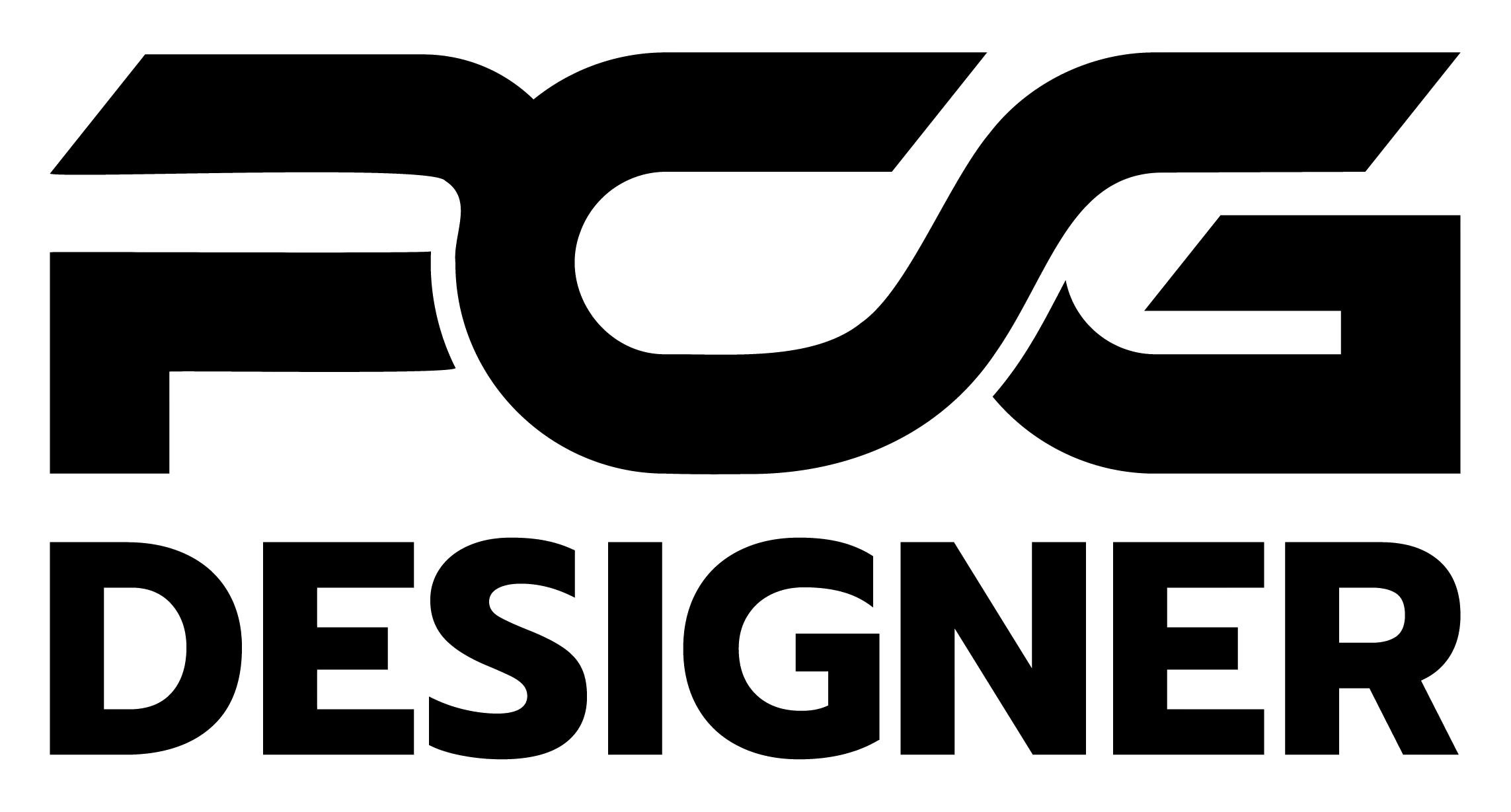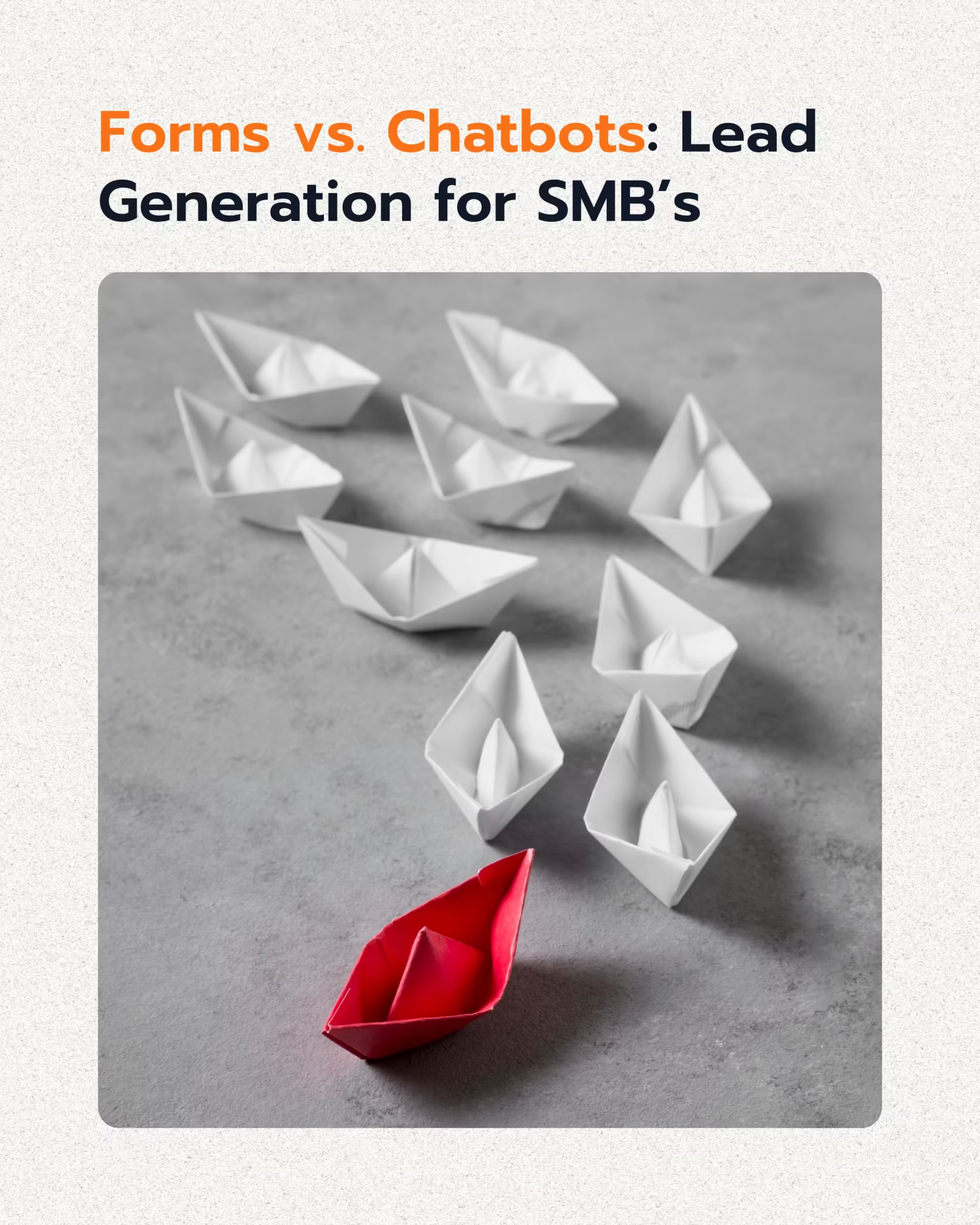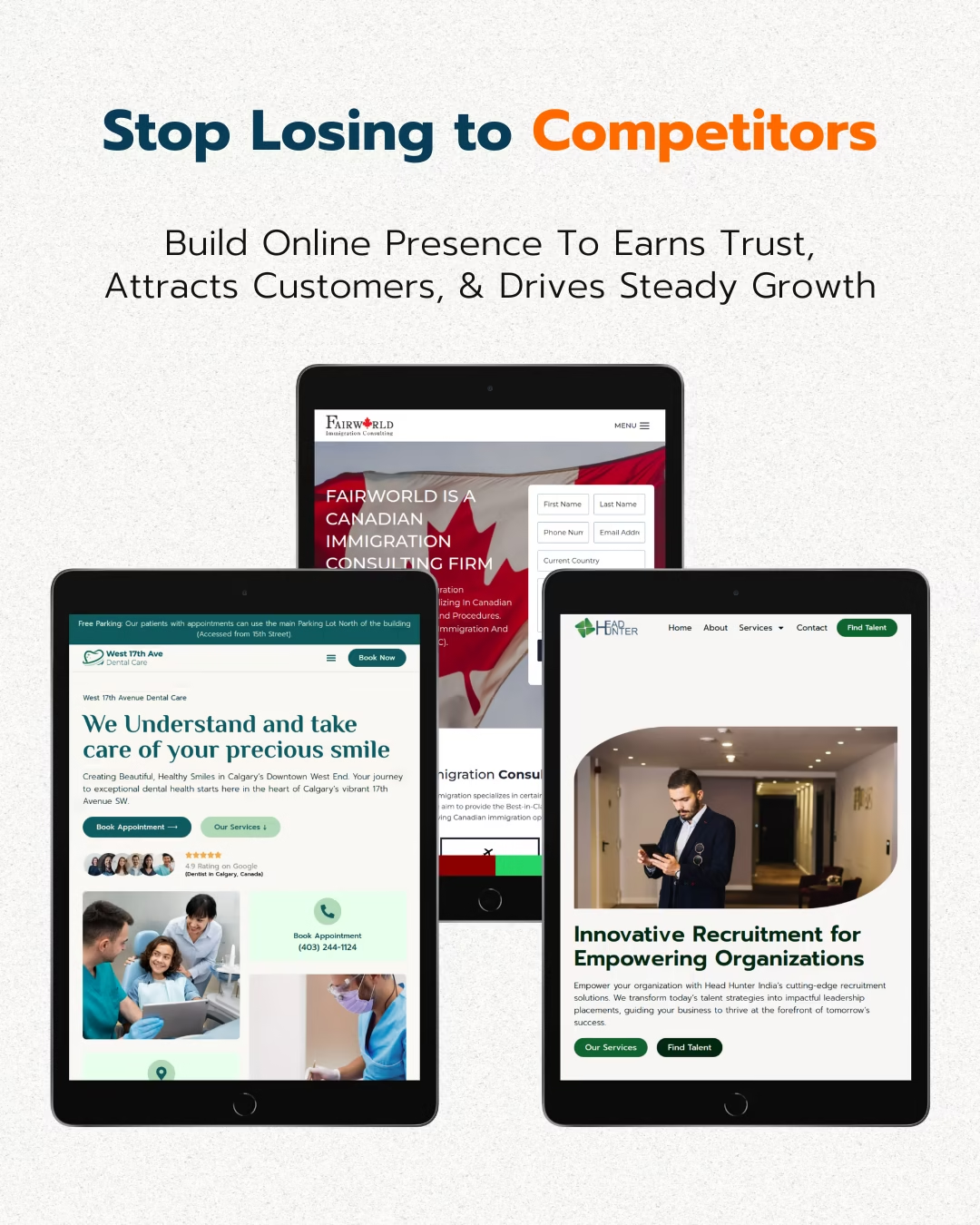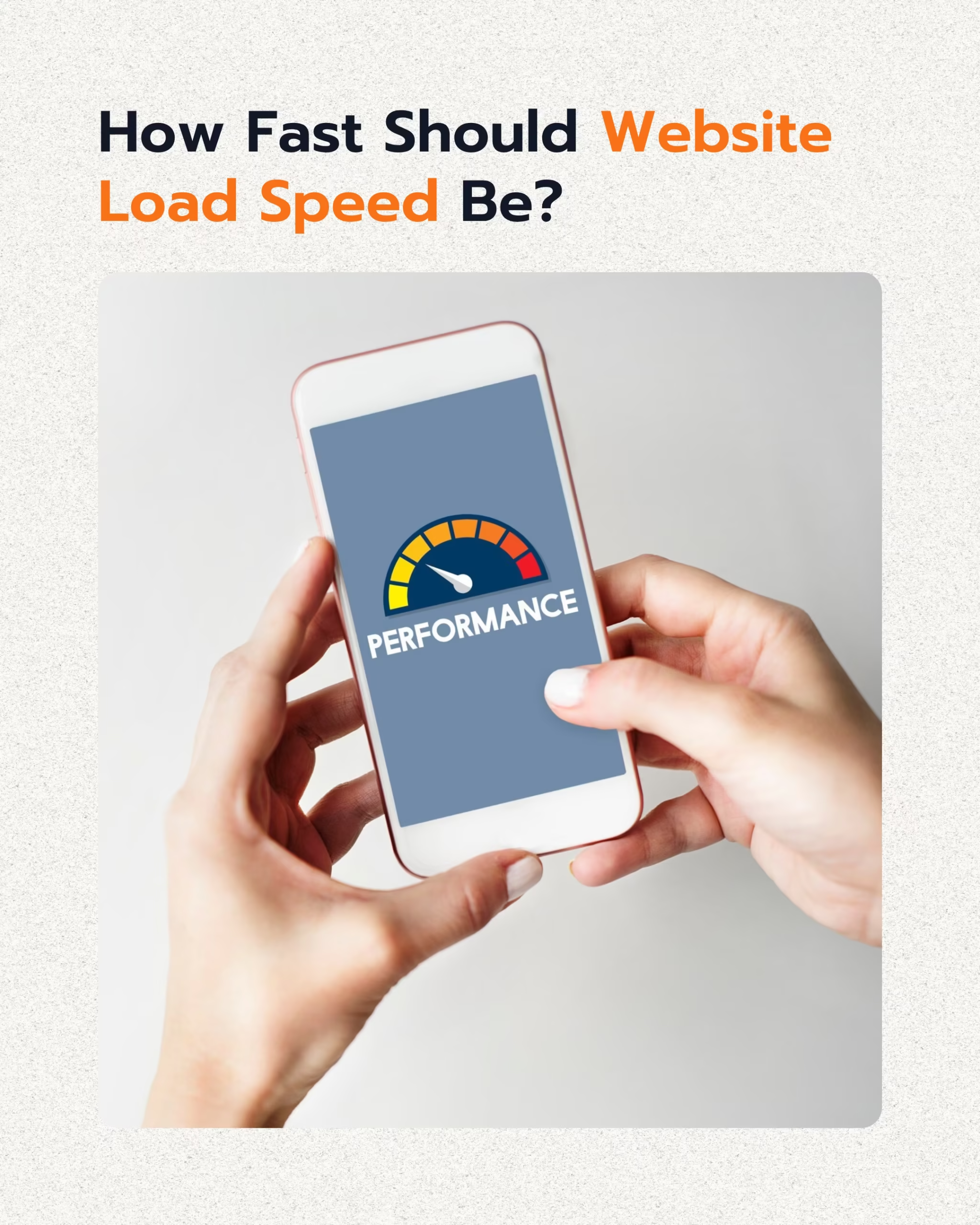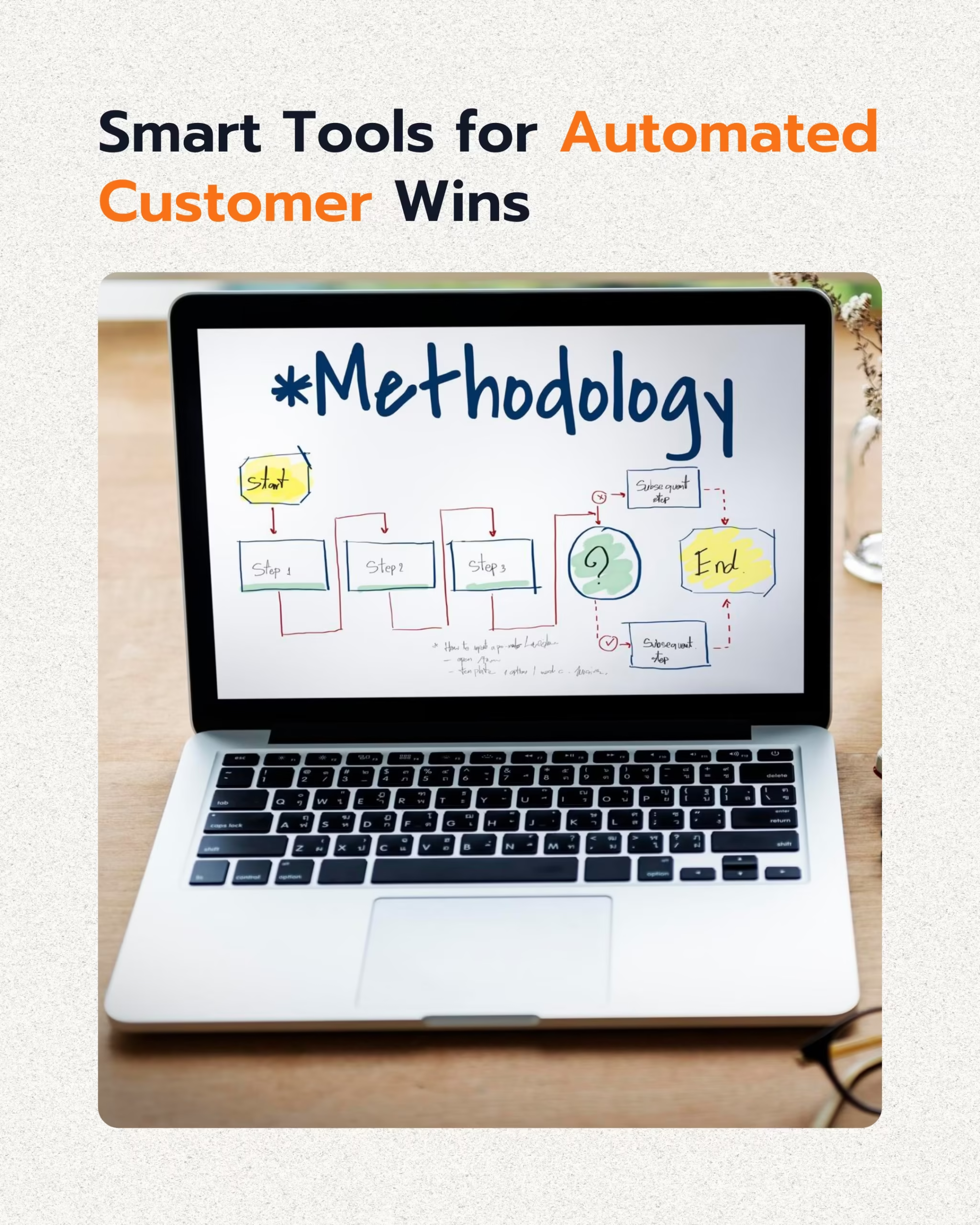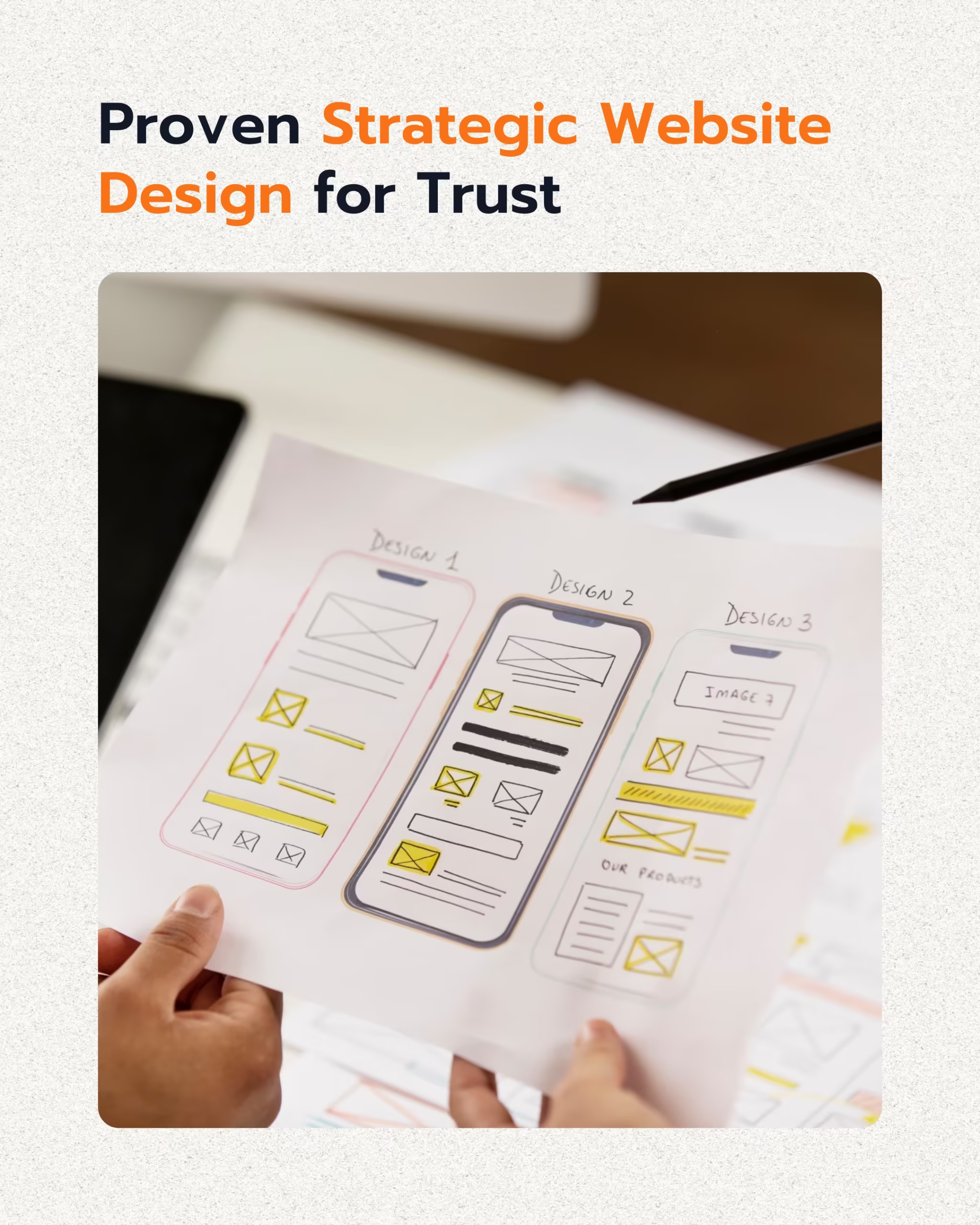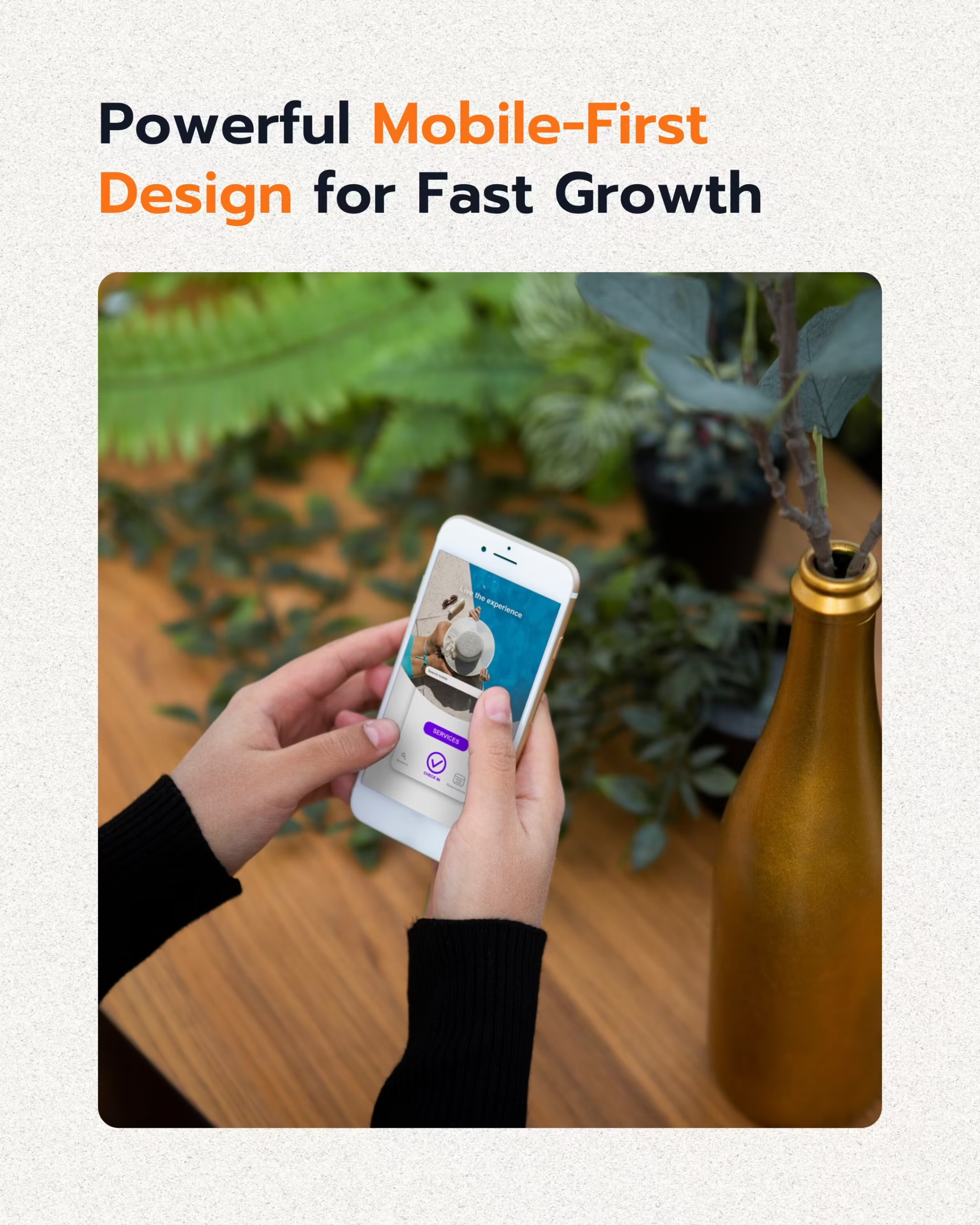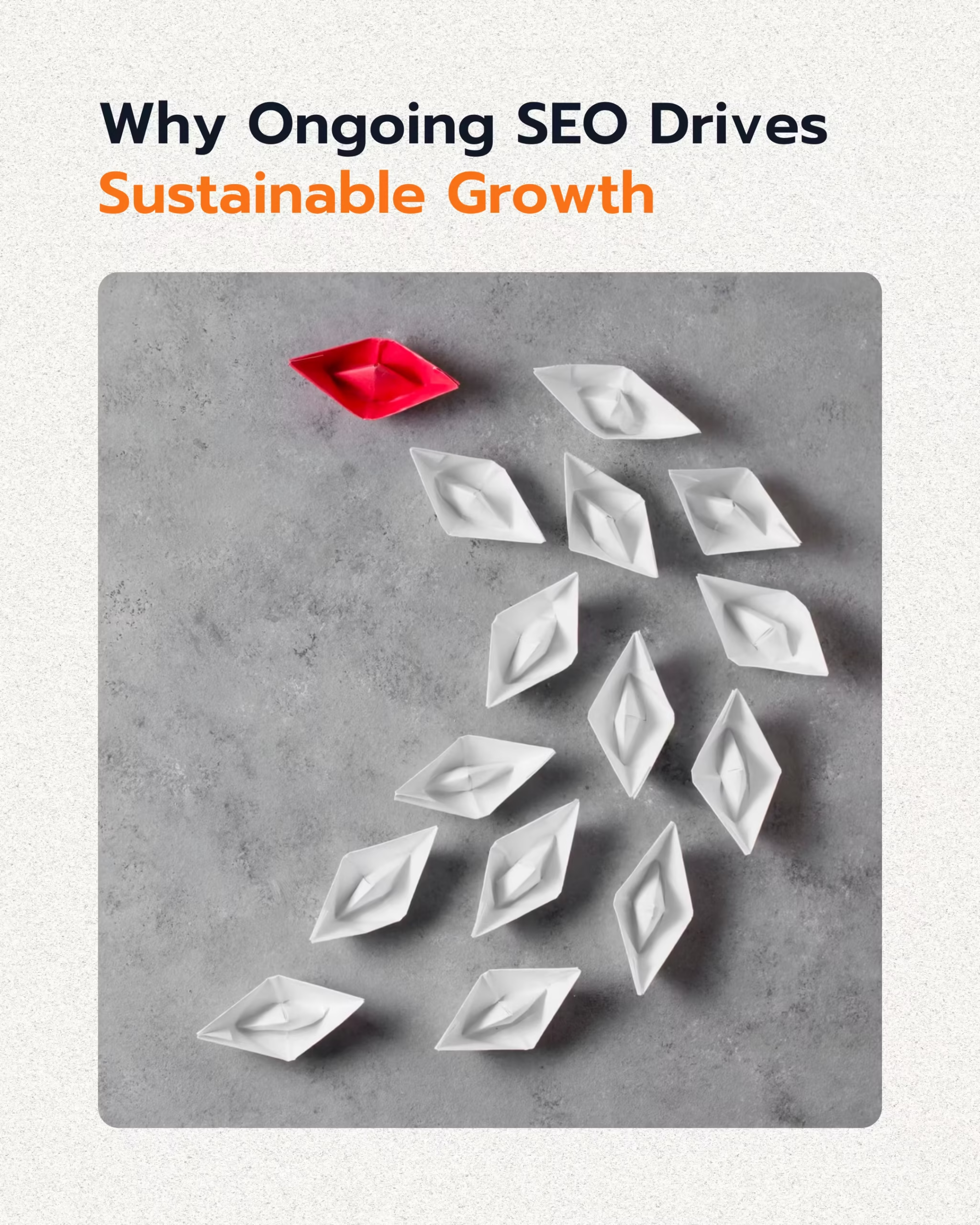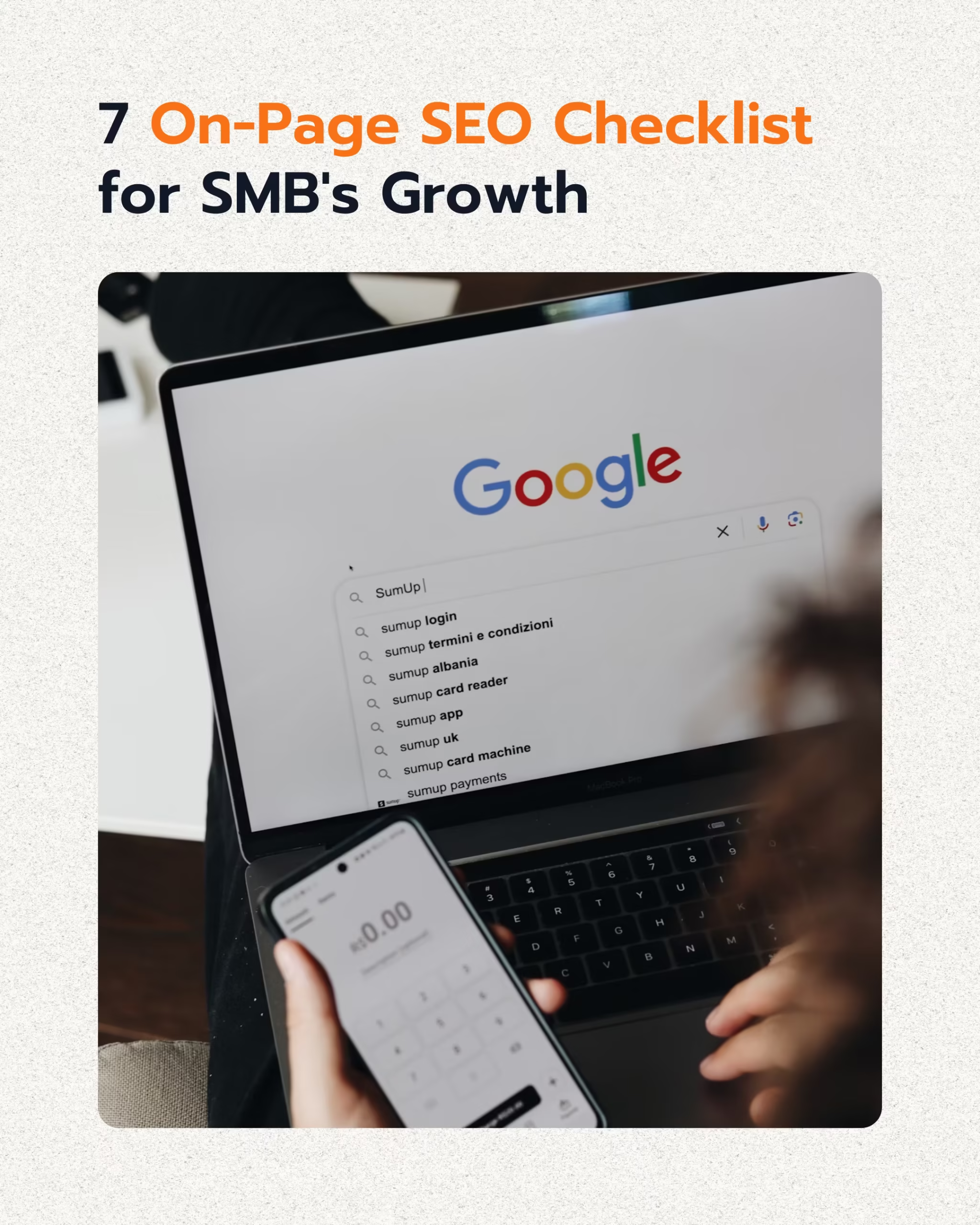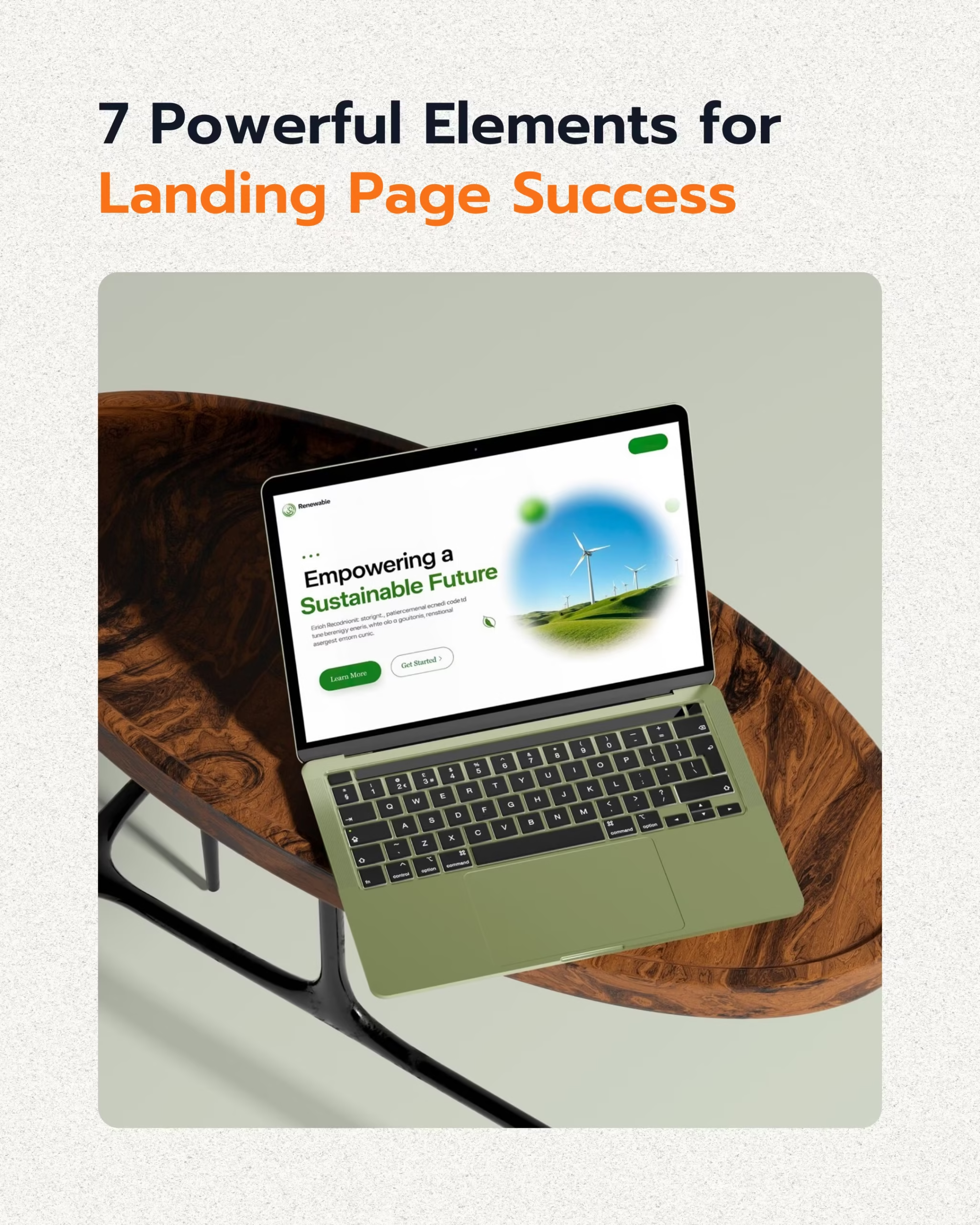Small businesses constantly seek effective ways to capture leads and convert website visitors into paying customers. The choice between traditional forms and modern chatbots often presents a strategic dilemma. Each tool offers distinct benefits and drawbacks for lead generation.
Understanding the nuances of forms versus chatbots helps small businesses optimize their online visibility, boost conversions, and turn traffic into customers. This guide explores their effectiveness, cost, user experience, and how to integrate them into your business strategy.
Introduction to Lead Generation Strategies
Lead generation is the process of attracting and converting strangers and prospects into someone who has indicated interest in your company’s product or service. For small businesses, this process is vital for growth and sustainability. Effective lead generation strategies directly impact revenue and market share.
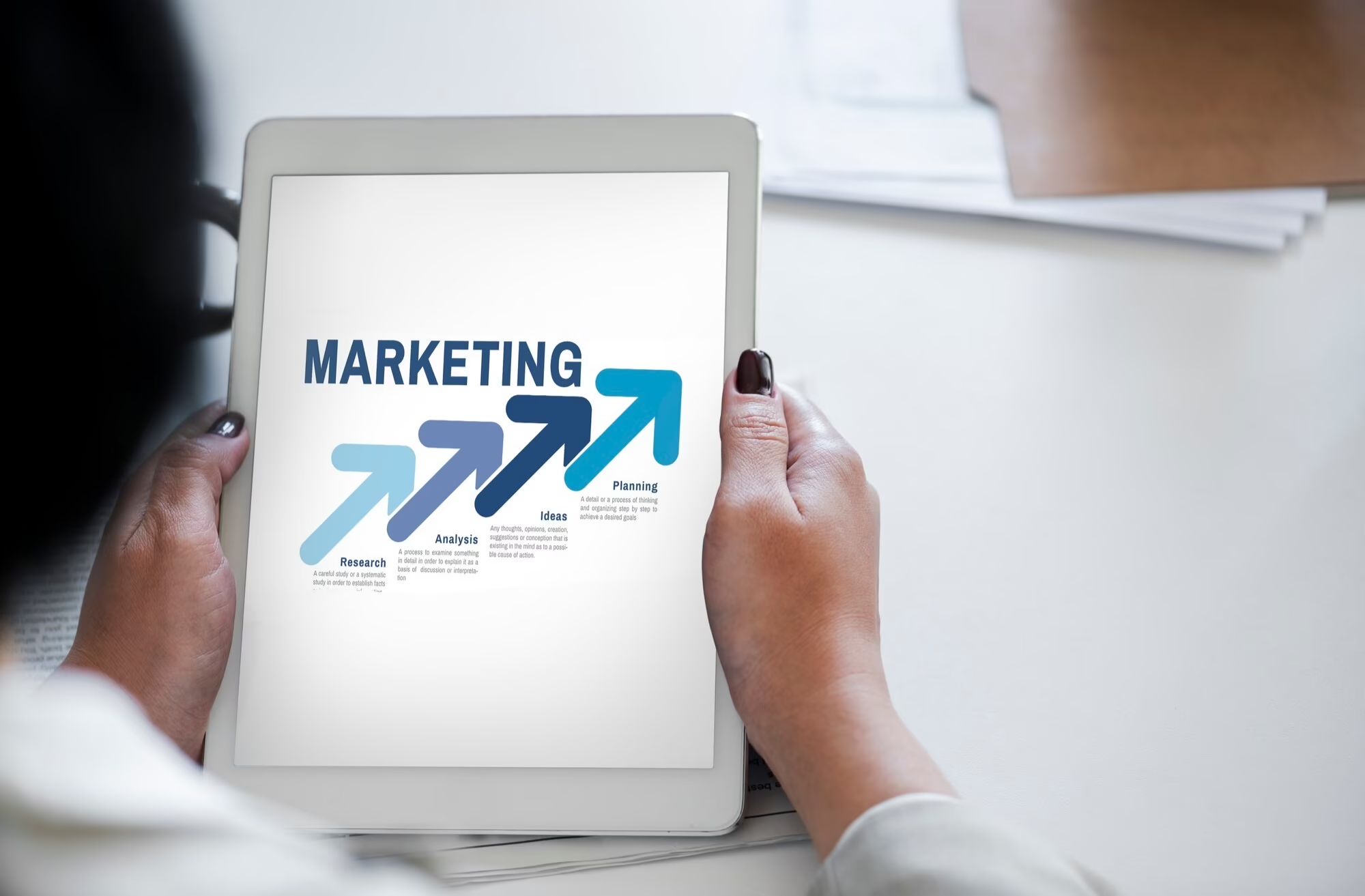
What is Lead Generation?
Lead generation involves various marketing activities that bring potential customers into your sales funnel. This can include content marketing, email campaigns, social media, and, critically, website interactions. The goal is to gather contact information and qualify prospects for further engagement. Without a steady stream of qualified leads, a business struggles to grow. It’s a core component of any successful business strategy.
Why is Lead Generation Critical for Small Businesses?
For small businesses, every lead counts. Unlike larger enterprises with extensive marketing budgets, small businesses rely on efficient and cost-effective methods to attract customers. Strong lead generation helps them compete, build a customer base, and establish brand loyalty. It also provides valuable data on customer preferences and market trends, informing future business strategy decisions.
Key Components of a Successful Lead Generation Strategy
- Target Audience Identification: Knowing who you want to reach helps tailor your messaging and choose the right tools.
- Compelling Offer: Provide value in exchange for contact information, such as an ebook, a free consultation, or a discount.
- Effective Call to Action (CTA): Guide visitors clearly on the next step they should take.
- Conversion Mechanism: This is where forms and chatbots come in, acting as the bridge between interest and engagement.
- Lead Nurturing: Once a lead is captured, a process to build a relationship and move them towards a purchase.
| Method | Primary Goal | Typical Tools | Benefit for Small Business |
|---|---|---|---|
| Content Marketing | Attract and educate | Blogs, guides, videos | Build authority, organic traffic |
| Social Media Marketing | Engage and build community | Platforms like Facebook, Instagram | Direct interaction, brand awareness |
| Email Marketing | Nurture and convert | Newsletters, automated sequences | Personalized communication, repeat business |
| Website Interaction | Capture interest, qualify leads | Forms, chatbots, landing pages | Direct conversion, data collection |
Chatbot Advantages in Lead Generation
Chatbots represent a significant shift in how businesses interact with potential customers online. They offer real-time, interactive experiences that can significantly boost lead generation efforts for small businesses. Their conversational nature makes them particularly effective.

Why Chatbots Excel in Engagement
Chatbots engage visitors immediately, providing answers and guiding them through a sales funnel without human intervention. This instant gratification aligns with modern consumer expectations for quick service. Unlike static forms, chatbots can adapt their conversation based on user input, creating a personalized experience. This dynamic interaction keeps users engaged and reduces abandonment rates, a common issue with traditional forms where 67-81% of users abandon them before completion, as noted by Release0.
Key Benefits of Using Chatbots for Leads
- Instant Qualification: Chatbots can ask qualifying questions in real-time, sorting hot leads from cold prospects immediately. This saves sales teams valuable time.
- 24/7 Availability: They operate around the clock, capturing leads even outside business hours. This ensures no potential customer is missed due to timing differences.
- Personalized Interaction: By guiding conversations, chatbots can offer tailored information, product recommendations, or service options based on user responses.
- Reduced Friction: The conversational interface feels less like a chore than filling out a long form, leading to higher completion rates.
For example, a small e-commerce business selling handmade jewelry could use a chatbot to ask visitors about their style preferences (e.g., “Are you looking for necklaces, rings, or bracelets?”). Based on the answer, the chatbot could then recommend specific product categories or even ask about budget, further qualifying the lead before offering a discount code in exchange for an email address.
Chatbots for Enhanced Conversion Rates
The data strongly supports chatbots’ ability to convert. Chatbots convert about 28% of website visitors into qualified leads, significantly higher than traditional forms, according to Amra & Elma. Websites integrating chatbots see a 23% increase in conversion rates, as reported by Amra & Elma. E-commerce sites specifically report 20%+ conversion improvements with chatbots. This shows a clear advantage in turning traffic into customers.
A B2B software company, for instance, might deploy a chatbot to greet website visitors. The bot could ask about their company size and specific software needs. If a visitor indicates a need for enterprise-level solutions, the chatbot could immediately offer to schedule a demo with a sales representative, pre-filling much of the information typically required in a form. This streamlines the process and captures high-value leads faster.
Traditional Form Strengths and Limitations
Traditional forms have been the backbone of online lead generation for decades. They are familiar, straightforward, and relatively simple to implement. However, their static nature presents challenges in today’s fast-paced digital environment.

The Enduring Appeal of Forms
Forms are a tried-and-true method for collecting specific data points. They offer a clear structure for gathering information like names, email addresses, phone numbers, and specific inquiries. For small businesses, forms are often the first and simplest tool to implement for lead capture. They require minimal technical expertise to set up, especially with user-friendly form builders. This ease of use and low initial investment makes them a common choice for those just starting their online lead generation efforts. Despite chatbots’ advantages, 84% of marketers still rely on form submissions for lead generation in 2025, reflecting their continued widespread use, according to Growth List.
Limitations and Challenges of Forms
While simple, forms come with significant limitations. Their static nature means they cannot adapt to user intent in real-time. A user might abandon a form if it’s too long, asks irrelevant questions, or if they encounter an issue and cannot get immediate help. The average cost per lead across industries is $198.44, a figure that forms contribute to, as highlighted by Amra & Elma. This cost can be high if conversion rates are low due to abandonment.
Common issues with forms include:
- High Abandonment Rates: Users often leave forms incomplete, especially if they are lengthy or confusing.
- Lack of Instant Support: If a user has a question while filling out a form, they have no immediate way to get an answer, leading to frustration and abandonment.
- Generic Experience: Forms offer a one-size-fits-all approach, which can feel impersonal and less engaging compared to a conversational interface.
- Delayed Lead Qualification: Information collected via forms often requires manual review or follow-up, slowing down the lead qualification process.
When Forms Remain the Right Choice
Despite their drawbacks, forms still have their place in a business strategy. They are ideal for situations where specific, structured data collection is paramount, and the user is already highly motivated. Examples include:
- Detailed Applications: For job applications or complex service requests where many specific fields are necessary.
- Surveys and Feedback: When collecting structured feedback or conducting market research.
- Simple Contact Requests: For basic “contact us” pages where users know exactly what they need to submit.
- Compliance Requirements: In industries with strict data collection regulations, forms provide a clear, auditable trail of information.
A local accounting firm, for example, might use a detailed form for new client onboarding, asking for specific financial information. Here, the client is already committed, and the need for structured data outweighs the desire for a conversational experience.
Conversion Metrics: Chatbots Outperform Forms
When it comes to turning website visitors into qualified leads, the data clearly indicates a superior performance from chatbots. This section delves into the specific conversion metrics that highlight this advantage, offering insights for your business strategy.

Direct Comparison of Conversion Rates
The most compelling statistic is the direct conversion rate. Chatbots convert approximately 28% of website visitors into qualified leads, a figure that significantly surpasses the conversion rates of traditional forms, which are notably lower, often implied to be around 9% (three times less than chatbots), as detailed by Amra & Elma. This difference is not minor; it represents a substantial increase in lead capture efficiency. For a small business with limited traffic, every percentage point in conversion rate makes a difference.
Consider a small online boutique receiving 1,000 visitors a month. With a 9% form conversion rate, they get 90 leads. With a 28% chatbot conversion rate, they would get 280 leads. This difference directly impacts sales opportunities and growth.
Speed and Quality of Lead Conversion
Beyond the sheer volume, chatbots also excel in the speed and quality of lead conversion. Leads generated through chatbots convert three times faster than leads from forms, according to Amra & Elma. This speed is crucial for sales teams, allowing them to follow up with prospects while their interest is highest. Chatbots also qualify leads instantly, with 62.5% of companies using chatbots for lead qualification, compared to the slower, often manual processes associated with form submissions, as noted by Master of Code.
What makes chatbot leads higher quality?
- Pre-qualification: Chatbots can ask specific questions to determine a lead’s needs and budget before passing them to a sales agent.
- Engagement Level: Users who actively engage with a chatbot are often more invested and serious about their inquiry.
- Real-time Context: Chatbots provide sales teams with a transcript of the conversation, offering valuable context for follow-up.
Impact on Overall Business Growth
The cumulative effect of higher conversion rates and faster, better-qualified leads is significant business growth. About 26% of B2B marketers using chatbots gained 10-20% more leads, and 36% of companies enhance lead generation through digital assistants, according to WPForms and Master of Code. The chatbot market is projected to reach $9.4 billion by 2025, with effective chatbot use increasing revenues by 7-25%, as reported by SpringsApps and Amra & Elma. This demonstrates the powerful impact of conversational AI on a business strategy.
For example, a small SaaS company might implement a chatbot on their pricing page. Instead of a generic contact form, the chatbot could ask about the user’s team size and specific feature requirements, then instantly recommend the most suitable plan and offer a personalized trial. This direct, guided experience often results in a higher conversion to paid subscriptions.
Cost Efficiency and ROI of Lead Tools
Evaluating lead generation tools involves more than just conversion rates; it also requires a close look at the initial investment, ongoing costs, and the return on investment (ROI). For small businesses, balancing budget with effectiveness is a core business strategy.

Initial Investment: Forms vs. Chatbots
Traditional forms generally require a lower initial investment. Many website builders and CRM systems offer basic form functionalities for free or as part of a standard subscription. Advanced form builders might cost a modest monthly fee. Chatbots, especially those with AI capabilities, can have a higher upfront cost for development or a more substantial monthly subscription for advanced platforms. However, this initial cost often pays off through increased efficiency and higher lead quality.
Consider these cost factors:
- Forms:
- Low-cost tools: Many free plugins or basic website features.
- Custom development: Can increase costs but still often less than custom chatbots.
- Maintenance: Minimal, mainly ensuring functionality.
- Chatbots:
- Subscription services: Tiered pricing based on features, conversations, or agents.
- Custom AI development: Significant investment for highly specialized bots.
- Integration: Costs associated with connecting to CRM or other systems.
- Training: Time and resources to train the bot on common queries and sales flows.
Long-Term Cost Savings and ROI
While chatbots may have a higher initial cost, their long-term cost efficiency and ROI can be superior. The average cost per lead across industries is $198.44, but AI (chatbots) can reduce lead generation costs by up to 60% while increasing leads by up to 50%, as highlighted by Amra & Elma. This reduction comes from automating tasks that would otherwise require human sales or support staff, such as initial qualification and answering frequently asked questions. Chatbots also drive 77% of a company’s ROI through targeted ads and traffic segmentation, as stated by Amra & Elma.
For example, a small consulting firm might spend hours each week answering basic questions from potential clients via email or phone. A chatbot could handle these inquiries, qualify leads, and schedule appointments automatically, freeing up consultants to focus on billable work. This automation directly translates to cost savings and increased productivity.
Measuring ROI for Lead Generation Tools
To assess the ROI of either forms or chatbots, small businesses should track key metrics:
- Cost Per Lead (CPL): Total cost of the tool divided by the number of leads generated.
- Lead-to-Customer Conversion Rate: Percentage of leads that become paying customers.
- Sales Cycle Length: How long it takes to convert a lead into a customer. Chatbots often shorten this.
- Customer Lifetime Value (CLTV): The total revenue a business expects from a customer over their relationship. Higher quality leads from chatbots can lead to higher CLTV.
A small marketing agency, for instance, could compare the CPL from a landing page with a form against a landing page with a chatbot. If the chatbot’s CPL is lower and its leads convert faster into clients, the higher initial investment is justified. This data-driven approach is essential for refining your business strategy.
User Experience and Engagement
The way potential customers interact with your lead generation tools significantly impacts conversion rates. User experience (UX) and engagement are critical factors that differentiate forms from chatbots, influencing whether a visitor becomes a lead or abandons your site.

The Impact of User Preference
Modern consumers expect immediate, personalized interactions. This preference heavily favors chatbots. 41% of consumers prefer live chat over other service channels, and 81% rate live chat interactions positively, according to WPForms. This strong preference for conversational interfaces means that chatbots often provide a more satisfying and efficient experience. Customers using live chat are also 513% more likely to buy than those who don’t use these tools, as stated by WPForms.
Forms, by contrast, can feel impersonal and demanding. Filling out multiple fields can be tedious, especially on mobile devices. If a user has a question midway through a form, they are often left without an immediate answer, leading to frustration and abandonment.
Engagement Levels: Conversational vs. Static
Chatbots offer a dynamic, conversational experience that mimics human interaction. They can ask follow-up questions, clarify doubts, and guide users through a decision-making process. This interactive nature keeps users engaged and invested. For example, a chatbot on a real estate website could ask about desired property type, location, and budget, then immediately show relevant listings or connect the user with an agent. This is far more engaging than a static form asking for the same information.
Forms, on the other hand, are static. They present a list of fields to be completed, offering no opportunity for real-time clarification or personalization. This can lead to:
- Higher Cognitive Load: Users must process all questions at once.
- Lack of Guidance: No help is available if a user is unsure how to answer a question.
- Perceived Effort: A long form can appear daunting, discouraging completion.
Designing for Optimal User Experience
To maximize lead generation, small businesses should prioritize UX for both forms and chatbots:
- For Forms:
- Keep forms short and ask only essential questions.
- Use clear labels and instructions.
- Optimize for mobile devices.
- Provide progress indicators for multi-step forms.
- For Chatbots:
- Design intuitive conversation flows.
- Use natural language processing (NLP) for better understanding.
- Offer clear options and buttons to guide the user.
- Provide a clear handover to a human agent if the bot cannot resolve the query.
A small fitness studio, for example, could use a chatbot to ask about a user’s fitness goals and experience level, then recommend specific classes or trainers. This personalized interaction, driven by the chatbot, provides a much better user experience than a generic “sign up for a free trial” form, leading to more qualified leads and a stronger business strategy.
Implementation Strategies for Small Businesses
Choosing between forms and chatbots isn’t always an either/or decision. Often, the most effective business strategy involves integrating both, leveraging their respective strengths. Successful implementation requires careful planning and alignment with your overall lead generation goals.

When to Use Forms
Forms remain valuable for specific scenarios where structured data collection and user intent are clear. They are particularly effective for:
- High-Intent Submissions: When users are actively seeking to apply for something, register for an event, or provide detailed feedback.
- Back-Office Processes: For internal data collection or complex customer onboarding where specific fields are mandatory.
- Budget Constraints: If resources are extremely limited, a well-designed simple form can still capture leads effectively.
A small non-profit organization, for instance, might use a form for volunteer applications, requiring specific background information and availability. The user’s motivation to volunteer means they are likely to complete a detailed form.
When to Use Chatbots
Chatbots excel in interactive, real-time scenarios where engagement and quick qualification are key. They are ideal for:
- Website Welcome & Navigation: Greeting visitors, answering FAQs, and guiding them to relevant pages or products.
- Lead Qualification: Asking initial questions to determine a lead’s needs, budget, and urgency before passing them to sales.
- Customer Support & FAQs: Resolving common queries, freeing up human agents, and capturing leads from support interactions.
- E-commerce Assistance: Helping shoppers find products, compare options, and complete purchases, as noted by Amra & Elma.
A small tech startup offering a new software product could deploy a chatbot on their homepage to explain features, answer technical questions, and offer a demo signup, all within a conversational flow.
Hybrid Approaches: Combining Forms and Chatbots
Many small businesses find success by using a hybrid approach, where chatbots and forms complement each other. This often means using a chatbot for initial engagement and qualification, then directing qualified leads to a more detailed form or a human agent. This strategy combines the best of both worlds: the conversational ease of chatbots with the structured data collection of forms.
Examples of hybrid implementation:
- Chatbot-Initiated Form: A chatbot asks a few qualifying questions, then pre-fills a form with the collected data and presents it for final submission.
- Chatbot as Form Assistant: A chatbot sits alongside a form, offering help and answering questions if the user gets stuck.
- Conditional Routing: The chatbot routes users to different forms or human agents based on their responses and qualification level.
For example, a small financial advisory firm might use a chatbot to ask about a user’s financial goals (retirement, investment, debt). If the user expresses interest in retirement planning, the chatbot could then present a short form to collect more specific details for a personalized consultation, ensuring the lead is well-qualified before a human advisor steps in.
Future Trends in Conversational AI
The landscape of lead generation is constantly evolving, with conversational AI at the forefront of innovation. Understanding these future trends is vital for small businesses looking to maintain a competitive edge and refine their business strategy for online visibility.

Advancements in AI and Machine Learning
The capabilities of chatbots are rapidly expanding due to advancements in Artificial Intelligence (AI) and Machine Learning (ML). Natural Language Processing (NLP) is becoming more sophisticated, allowing chatbots to understand complex queries and respond with greater accuracy and nuance. This means future chatbots will offer even more human-like interactions, making them indistinguishable from human agents in many scenarios. The chatbot market is projected to reach $9.4 billion by 2025, indicating significant growth and investment in this technology, as reported by SpringsApps.
Key areas of advancement include:
- Sentiment Analysis: Chatbots will better detect user emotions, allowing for more empathetic and appropriate responses.
- Contextual Understanding: Improved ability to remember past interactions and apply that context to current conversations.
- Multilingual Support: Seamless communication in multiple languages, expanding global reach for small businesses.
Voice Bots and Multichannel Integration
Beyond text-based chat, the rise of voice assistants and voice bots will further transform lead generation. Users will increasingly interact with businesses through spoken commands, requiring conversational AI to adapt. Furthermore, chatbots will become more integrated across various channels – websites, social media, messaging apps, and even smart speakers – providing a consistent brand experience wherever a customer chooses to interact. This multichannel integration is a key business strategy for reaching customers where they are.
Consider a small restaurant taking reservations. Currently, they might use a form or a simple chatbot. In the future, a voice bot could handle reservations directly through a smart speaker or phone call, confirming details and sending a calendar invite, all without human intervention.
Hyper-Personalization and Predictive Analytics
Future chatbots will leverage predictive analytics to offer hyper-personalized experiences. By analyzing user behavior, browsing history, and demographic data, chatbots will anticipate needs and proactively offer relevant products, services, or information. This level of personalization will significantly boost conversion rates and customer satisfaction. This is a powerful tool for small businesses to boost conversions and turn traffic into customers.
For example, an online bookstore’s chatbot could recommend new releases based on a user’s past purchases and browsing patterns, or even suggest books from authors they’ve enjoyed, before the user even expresses an explicit need. This proactive engagement makes the lead generation process feel less like a transaction and more like a helpful interaction.
These trends highlight that conversational AI is not just a passing fad but a foundational element of future business strategy, offering increasingly sophisticated ways to connect with and convert potential customers.
Frequently Asked Questions (FAQ)
How do I choose between a form and a chatbot for my small business?
Choosing depends on your goals. Use forms for structured data and high-intent users. Opt for chatbots for real-time engagement, instant qualification, and a more interactive user experience. A hybrid approach often works best.
What are the main advantages of chatbots for lead generation?
Chatbots offer several key advantages:
- Higher Conversion Rates: Convert ~28% of visitors, compared to lower form rates.
- Faster Lead Qualification: Qualify leads instantly, 3x faster than forms.
- 24/7 Availability: Capture leads anytime, day or night.
- Improved User Experience: Provide personalized, real-time interactions.
When should I use traditional forms instead of chatbots?
Use traditional forms when you need to collect detailed, structured information from highly motivated users, such as for job applications, detailed service requests, or surveys. They are also suitable for simple contact requests or when budget constraints are a major concern.
Can chatbots reduce my lead generation costs?
Yes, AI-powered chatbots can reduce lead generation costs by up to 60% while increasing leads by up to 50%, according to Amra & Elma. They automate initial qualification and support, reducing the need for human intervention in early stages.
What is a hybrid approach to lead generation?
A hybrid approach combines chatbots and forms. A chatbot might handle initial engagement and qualification, then direct the user to a more detailed form or a human agent for specific information collection. This leverages the strengths of both tools.
How do chatbots improve customer satisfaction?
Chatbots improve satisfaction by providing instant responses, 24/7 availability, and personalized interactions. 81% of users rate live chat interactions positively, as reported by WPForms, highlighting their positive impact on user experience.
Are chatbots difficult for small businesses to implement?
No, many user-friendly chatbot platforms exist that require minimal technical expertise. While custom AI development can be complex, subscription-based services offer intuitive interfaces for building and deploying chatbots, making them accessible even for small teams.
What future trends should I watch for in conversational AI?
Key future trends include:
- Advanced NLP: More human-like understanding and responses.
- Voice Bots: Integration with voice assistants and spoken interactions.
- Multichannel Integration: Consistent experiences across all platforms.
- Hyper-Personalization: Proactive recommendations based on user data.
How do I measure the ROI of my lead generation tools?
Measure ROI by tracking Cost Per Lead (CPL), lead-to-customer conversion rates, sales cycle length, and Customer Lifetime Value (CLTV). Compare these metrics between different tools to identify the most effective options for your business strategy.
Do chatbots replace human sales teams?
No, chatbots augment human sales teams. They handle initial qualification, answer FAQs, and gather information, allowing sales professionals to focus on closing deals with pre-qualified, high-intent leads. They streamline the sales process, not replace it.
What kind of data can chatbots collect?
Chatbots can collect a wide range of data, including contact information, user preferences, pain points, budget ranges, and specific product/service interests. They can also track user behavior within the conversation, providing valuable insights for improving your business strategy.
Are there any downsides to using chatbots?
Potential downsides include higher initial setup costs compared to simple forms, the need for ongoing training and optimization, and the risk of frustrating users if the chatbot cannot understand complex queries. However, these are often outweighed by the benefits in conversion and efficiency.
How do chatbots help with online visibility?
By improving user engagement and conversion rates, chatbots indirectly enhance online visibility. Higher engagement can lead to lower bounce rates and longer time on site, which are positive signals for search engines. They also help capture leads that might otherwise leave, improving overall site performance.
Conclusion
For small businesses, the choice between forms and chatbots for lead generation is a critical business strategy decision. While traditional forms offer simplicity and structured data collection, chatbots provide superior engagement, higher conversion rates, and faster lead qualification. The data clearly shows chatbots converting significantly more visitors into qualified leads and doing so at a faster pace.
The most effective approach often involves a hybrid model, leveraging chatbots for initial interaction and qualification, then using forms for detailed data capture. As conversational AI continues to advance, integrating chatbots into your lead generation strategy will become increasingly essential for boosting conversions, improving online visibility, and turning website traffic into loyal customers. Adapting to these trends ensures your business remains competitive and poised for growth.
